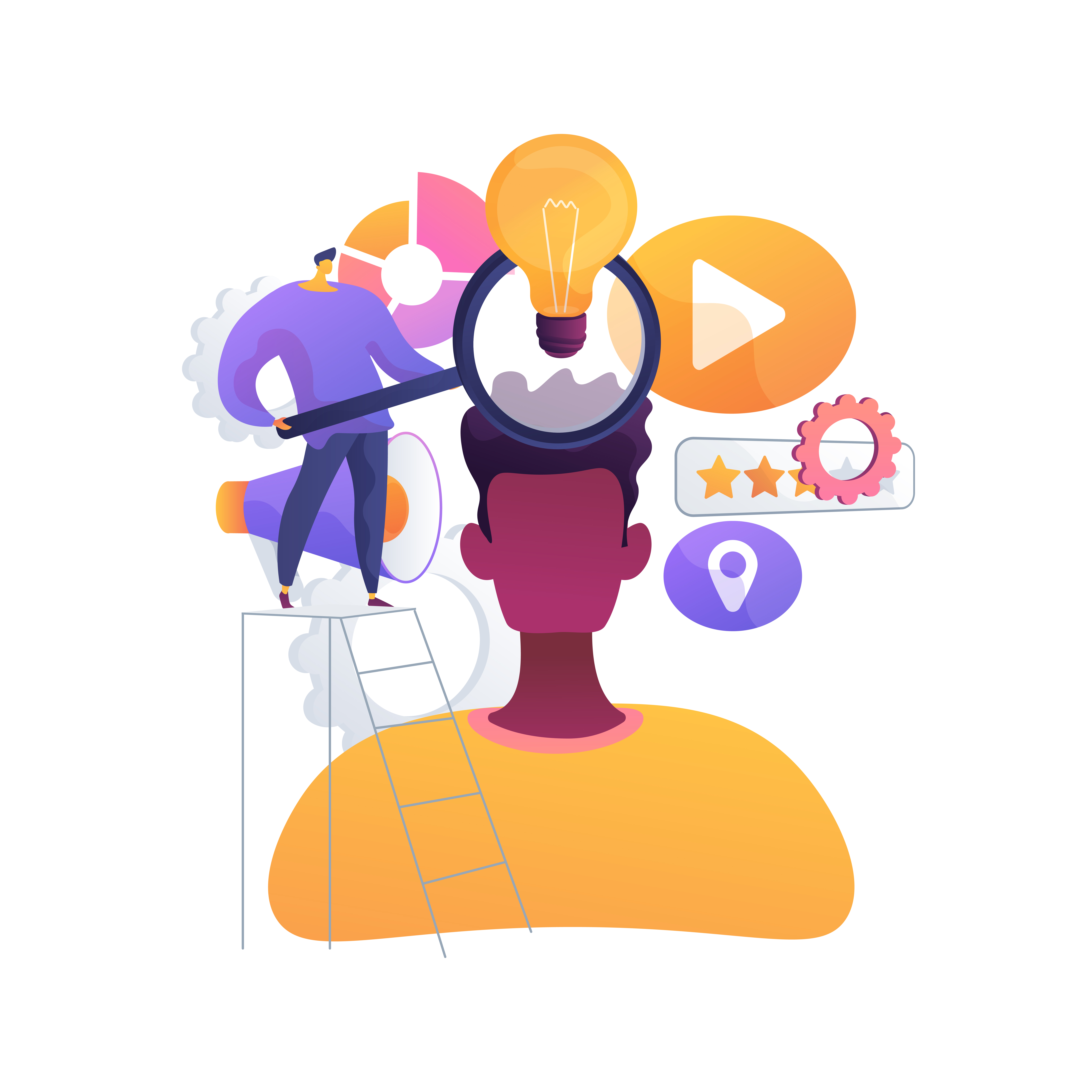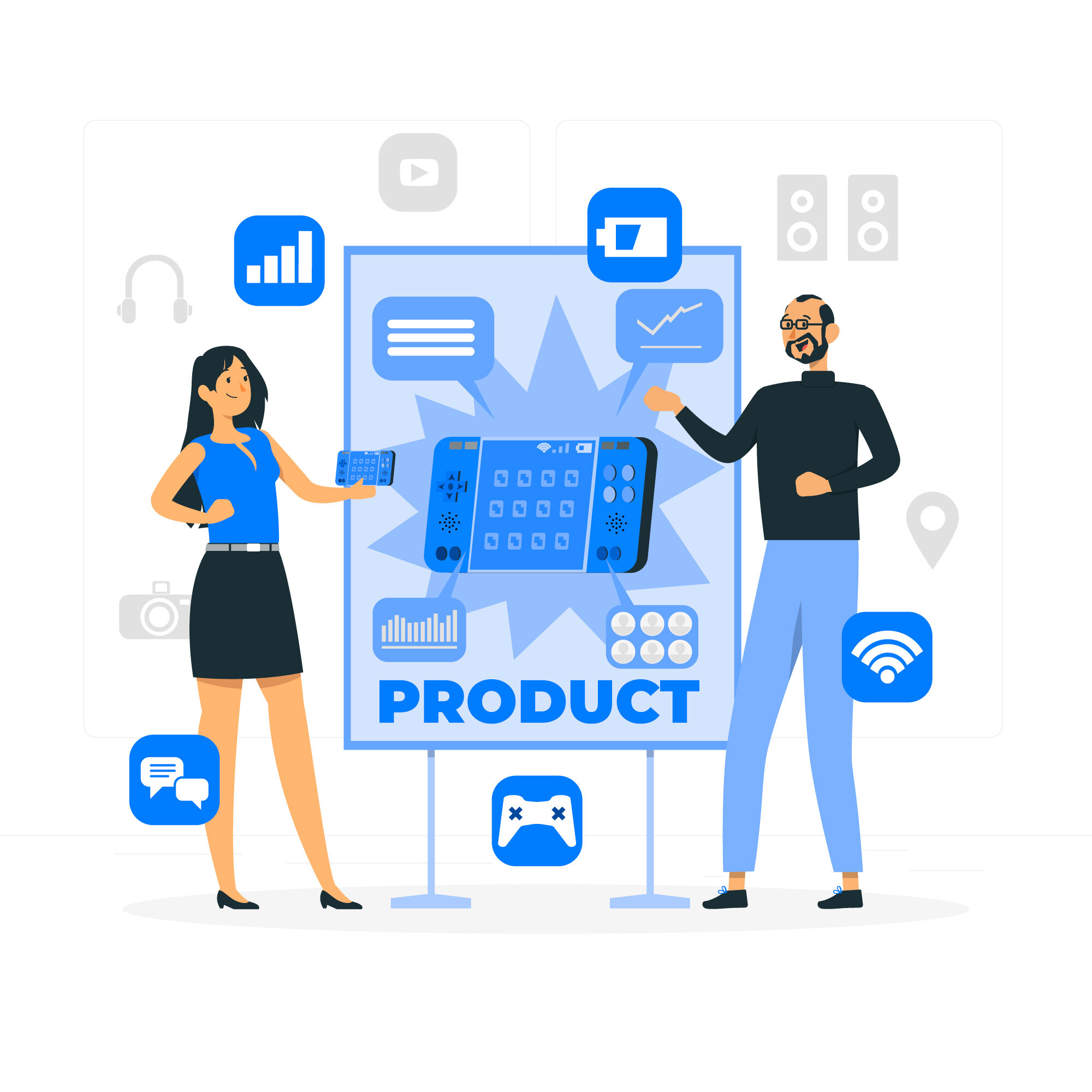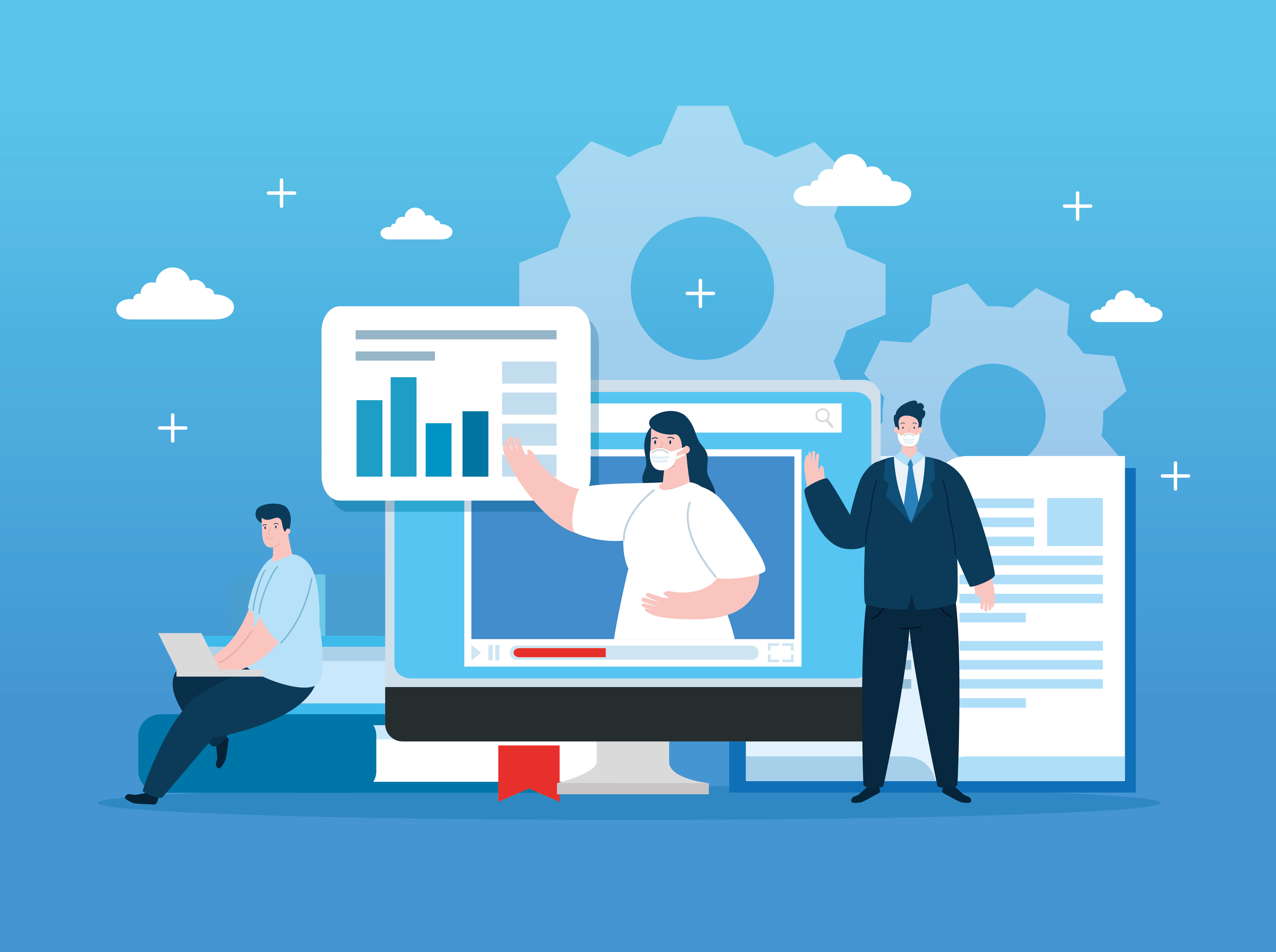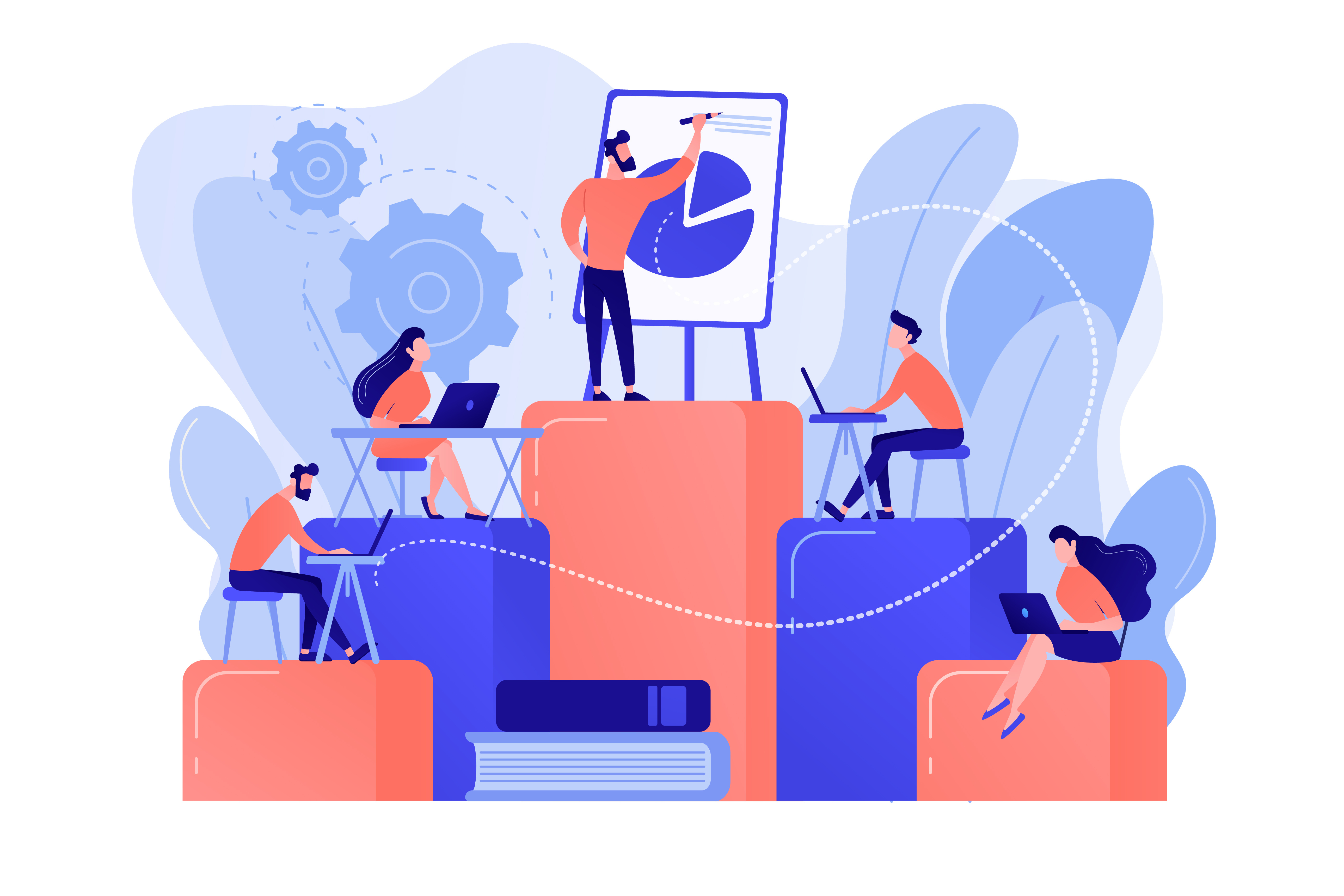As new technologies emerge, promising to enhance learning and performance, the question remains - Are these tools truly effective, or are they merely adding to the noise? A potential solution lies in adopting a product-focused mindset, a strategy that could reshape how we approach engagement in L&D. Explore the true power of product thinking and how it fits well with the latest trend and technology.
The Product Mindset: What It Means for L&D
At its core, a product-focused mindset is about viewing learning solutions not as static offerings but as dynamic products designed to solve specific problems. This approach borrows from the principles of product management, which emphasizes the integration of insights from technology, user experience, and business needs to create value. For L&D, this means shifting the focus from merely managing content or platforms to delivering outcomes that truly matter to learners and the organization.
One of the critical aspects of this mindset is the need for a clear problem definition or value proposition. Just as a successful product must solve a particular problem or meet a specific need, L&D initiatives should be designed with clear goals in mind whether it's improving employee performance, fostering collaboration, or enhancing skill development.
Technology and Human Connection: Striking the Right Balance
With the rise of generative AI, there is a growing interest in using these tools to create content at scale. While AI-generated content can be cost-effective and easily accessible, there is a valid concern about the potential for mediocrity. The challenge lies in ensuring that the content produced is not only informative but also engaging and meaningful.
Moreover, despite the allure of technology, it's crucial to remember that learning is inherently a human-centered activity. The value of face-to-face interaction, collaboration, and social learning cannot be underestimated. Therefore, while technology can enhance learning experiences, it should not replace the meaningful human connections that drive deep and lasting engagement.
Applying Product Thinking to Enhance Engagement
To truly address the engagement problem in L&D, organizations need to adopt a product management approach that prioritizes problem-solving over mere content delivery. This involves understanding the needs and preferences of learners, leveraging technology to meet those needs, and continuously measuring the effectiveness of the solutions provided.
By applying product thinking, L&D professionals can create learning experiences that are not only aligned with business goals but also resonate with learners on a personal level.
This ensures that learning initiatives are more than just a series of courses; they become integral components of an employee's professional growth journey.
How to incorporate a product focused mindset into L&D
- User-Centric Design: A product-focused mindset prioritizes the learner's experience, much like how product managers focus on customer needs. By understanding employees’ skills, learning preferences, and challenges, organizations can design L&D programs that are more relevant and engaging, ensuring that employees feel the content is tailored to them
- Iterative Improvement: In product management, continuous feedback and iterations are key to improving products. This same approach can be applied to L&D, where employee feedback is collected regularly to refine lessons, course structures, and delivery methods. This helps ensure the learning experience evolves based on actual needs, increasing engagement over time
- Data-Driven Personalization: Like product development, where data analytics inform improvements, L&D can use employee performance data to personalize learning paths. Tailoring bite-sized lessons to individual skill gaps and career goals makes learning more engaging, as it feels relevant and achievable.
- Agility and Flexibility: In product management, agility is crucial to respond to market changes. Similarly, L&D strategies with a product focus can adapt quickly to emerging trends and the changing needs of employees. This flexibility keeps the content fresh and relevant, encouraging consistent engagement.
This blog is inspired by the learning and development experts at Synthesia. You can check out their bite-sized lesson below
At 5mins.ai we address the challenges of busy schedules and overcome the difficulty of absorbing dense information through skill-based microlearning. Our AI-powered platform delivers highly personalised bite-size lessons featuring top creators from leading brands, and gamifies the whole experience to ensure the learner has the best experience possible and further improve retention.
If you'd like to learn more - get a free trial of the platform by clicking the button below!.



